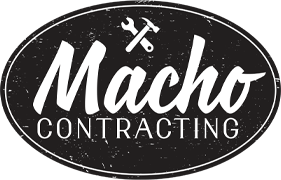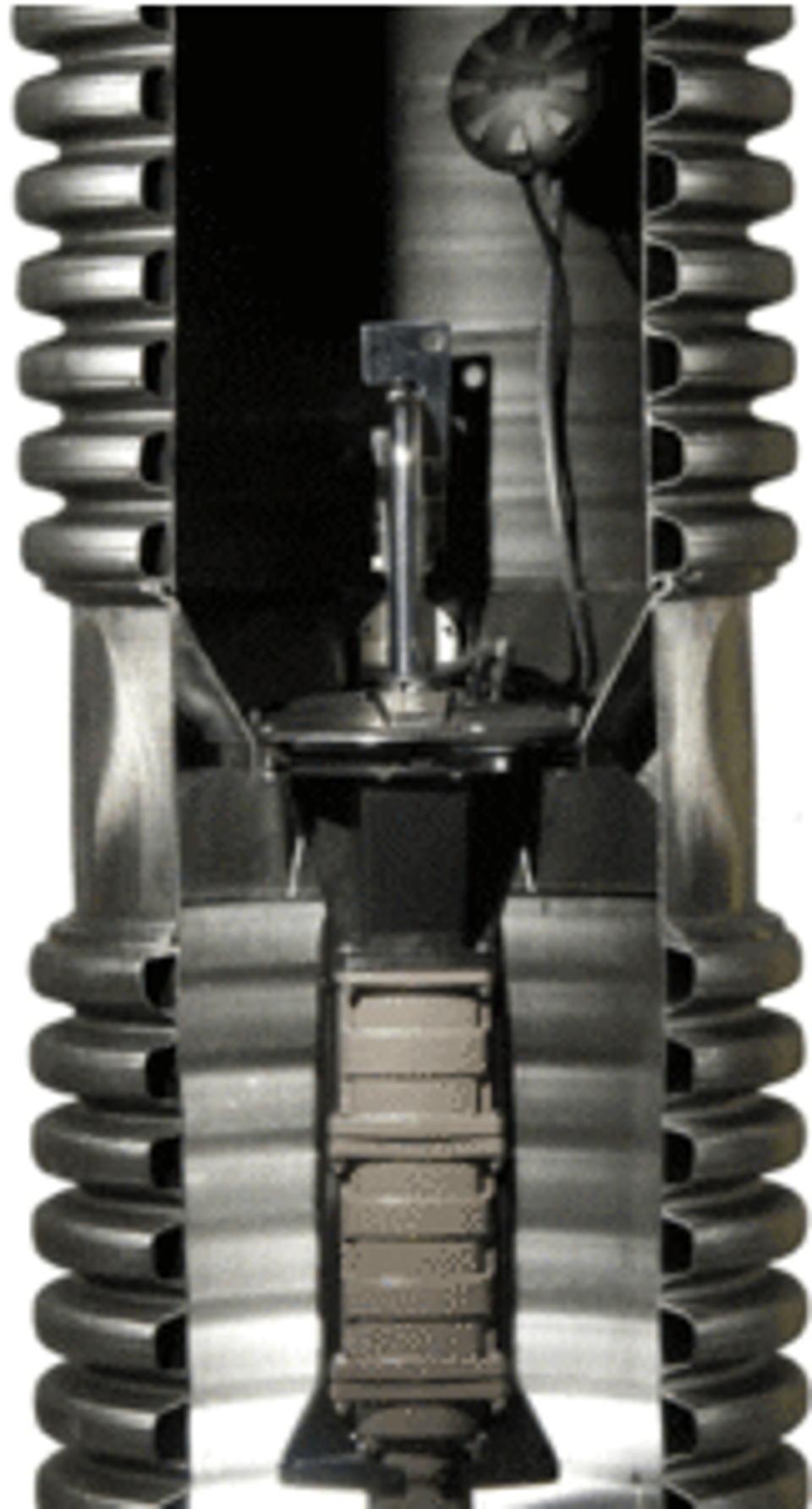When you’re digging into the ground—whether for a new septic system, utility line, or building foundation—you’re not just removing dirt. You’re fundamentally changing the structure and behavior of the soil itself. While excavation is necessary, disturbing the soil can create a ripple effect of challenges if it’s not managed properly.
Let’s break down what really happens to the soil when you excavate—and why compaction should be on your radar.
What Happens When You Disturb Soil?
Excavation involves removing layers of soil, which disrupts its natural composition. Over time, soil develops layers—topsoil, subsoil, and more—each with its own purpose, texture, and compaction. These layers support root systems, manage drainage, and help regulate stability.
When disturbed, you risk:
• Loss of Soil Structure: Natural pores in the soil allow water, air, and roots to move through. When you dig, these pore spaces collapse.
• Drainage Issues: Disrupted soil doesn’t absorb or release water the way undisturbed soil does, which can lead to pooling, erosion, or poor drainage around foundations and septic systems.
• Soil Erosion: Without plant roots or compaction control, disturbed soil is more likely to wash away during rain or wind.
• Weakened Support: If you’re installing anything from a patio to a septic tank, unstable or overly compacted soil can shift or settle over time.
What Is Soil Compaction?
Compaction happens when soil particles are pressed tightly together, reducing pore space. This often happens unintentionally during excavation due to the weight of machinery, foot traffic, or improper backfilling.
While some compaction is necessary (especially under structural slabs), excessive or uneven compaction can create problems, such as:
• Restricted Root Growth: Plant roots can’t penetrate overly compacted soil.
• Drainage Failures: Water can’t drain properly, increasing the risk of standing water and even septic system failure.
• Cracking and Settlement: Compacted areas may sink over time, causing foundations, roads, or driveways to crack.
Why It Matters for Septic Systems
For septic systems, especially in Arizona where soil plays a huge role in the treatment and dispersal process, soil disturbance is a big deal. The drain field depends on the soil’s natural filtering abilities. If that area is disturbed or compacted too heavily, it may not function properly—and your system can fail.
How to Prevent Problems After Excavation
Whether you’re hiring a pro or tackling a project yourself, here are a few key tips to protect your soil:
• Limit Heavy Equipment: Minimize driving over drain fields or sensitive areas.
• Use the Right Backfill: Don’t just toss in whatever dirt you dug out. Use appropriate soil types and compact in layers.
• Test Your Soil: Before starting any major project, get a soil analysis done. This can tell you about compaction, permeability, and what adjustments might be needed.
• Install Erosion Controls: After excavation, stabilize the area with grass seed, straw, or erosion blankets to keep soil in place.
• Work with Experts: Especially when dealing with septic systems or foundations, professional knowledge matters.
Soil might seem like “just dirt,” but it plays a vital role in everything from drainage to stability. Disturbing it during excavation isn’t avoidable—but understanding the impact and taking steps to protect your soil can save you from headaches (and repairs) later.
At Macho Contracting, we take excavation and site prep seriously. Whether you’re installing a septic system or need help after a dig, our team ensures your soil is set up for long-term success.
Need help with your septic or excavation project?
Contact us today to schedule a consultation.







